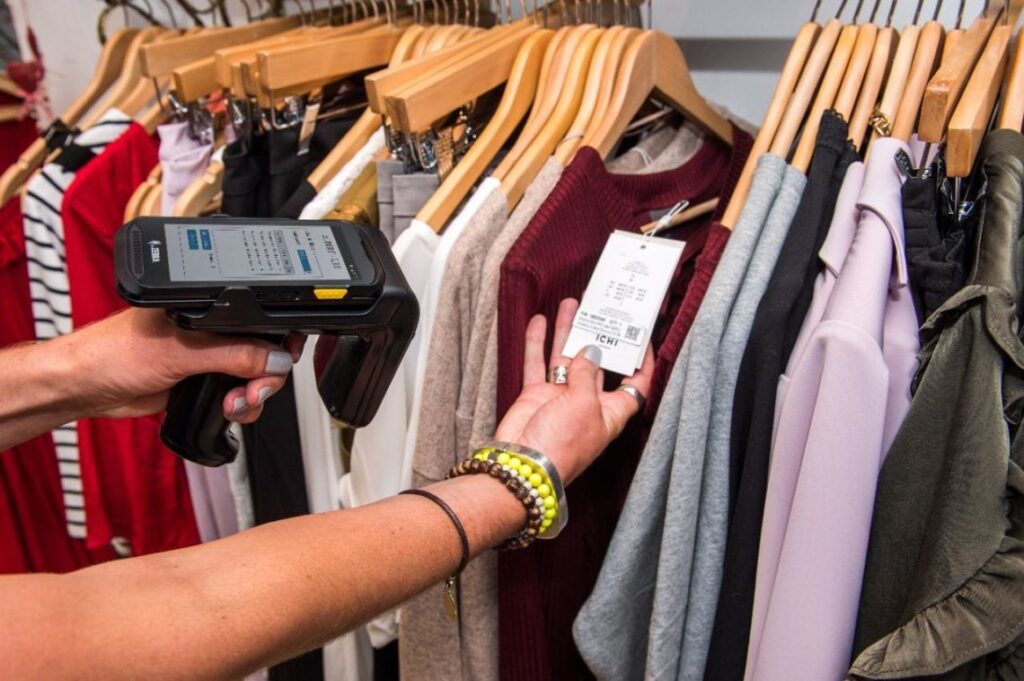RFID offers a unique combination of features. It is an efficient way to identify individual items electronically, and the ID can be linked with software and databases to form an integrated relationship between physical objects and computer systems.
Unlike barcodes, RFID does not require a direct line of sight between the reader and the tag and it can operate effectively in hostile environments where the tag may be contaminated with dirt and grease.
These features make RFID an ideal choice for many applications including manufacturing, warehousing, distribution, maintenance and repair, regulatory inspection and retail.

Here are some of the features of RFID:
- A unique ID
As automation and artificial intelligence become increasingly prevalent in business; there needs to be a closer relationship between computers and the physical environment. RFID provides the means to accurately identify individual components, batches of materials, construction equipment, retail goods or other items. The computer systems can then use the ID to automatically update the records with a combination of data such as location, temperature, date and time.
- Automatic recognition
Tags are attached to items and transmit the stored ID to readers. The readers may be positioned at fixed points such as ‘goods out’ or ‘goods in’ or at specific locations within a chemical processing plant, As each item passes by, the reader will automatically scan the ID. Alternatively the readers can be built into tables or mobile phones, enabling the tags to be scanned wherever the entity happens to be.
- No need for battery
Passive RFID tags – the most common type – are activated by the reader’s power source so they do not require batteries. This means that tags can be very small – tiny enough for them to be embedded in miniature devices.
They also have a very long life and some can survive outdoors in all conditions for ten years and beyond. Typically, passive tags are used for items that need to be read within a range from 1mm up to about 10m.
For longer distances or more specialist applications, active tags with their own power source may be used. Even so, these can remain active for up to five years depending on use and environmental conditions.
- Can detect ‘hidden’ objects
Unlike bar codes, with RFID the object being scanned does not necessarily have to be within the direct line of sight. Files in racks or items moving on a conveyor belts, can be detected simply by positioning the reader correctly.
However the ability to read a tag will depend on a combination of factors such as the type of tag and reader, the surface material and the environment. With any system, it is important to take the appropriate technical advice and to carry out trials. CoreRFID have many years’ experience of successful RFID projects and can advise on the right equipment and conduct feasibility studies and trials.
- Multiple tags can be read at once
Similarly one RFID reader can collect data from a large number of tags simultaneously – unlike barcodes where each item has to be scanned separately. This makes it possible to collect data en masse which can save a huge amount of time. The contents of an entire pallet can be scanned as it leaves the warehouse, or a stock check of the contents of a shelving rack can be carried out without removing each item. Again, there are many factors to be considered when selecting the correct RFID technology so take professional advice.
- Rugged and weatherproof
RFID tags can be more robust than barcodes or other print labels and can be used even in the most demanding environments. There is a huge range of tag types available designed for everything from underwater applications to contaminated or hazardous environments, high-vibration areas or where there is a risk of explosions (ATEX compliant). Contact one of our engineers for an initial discussion to advise on the best way forward.